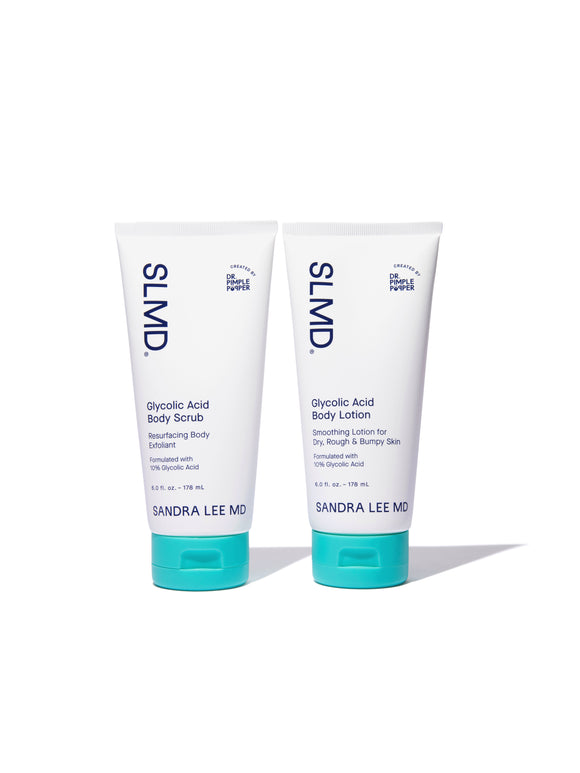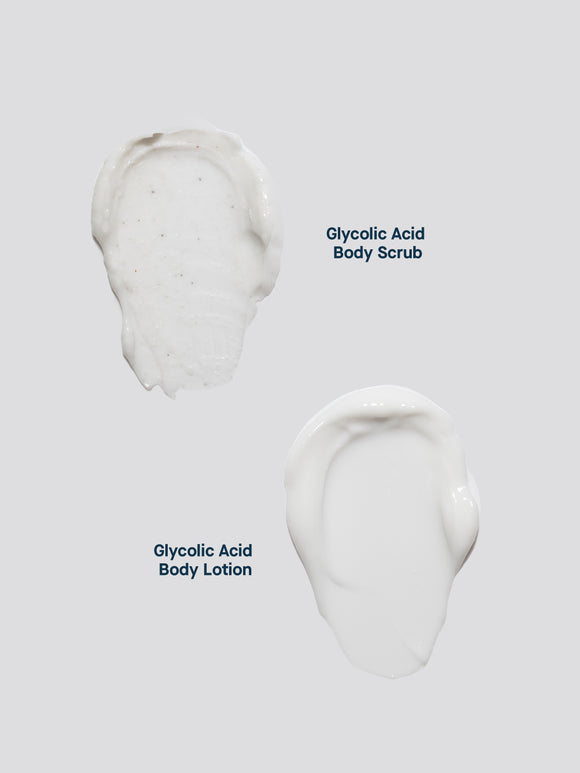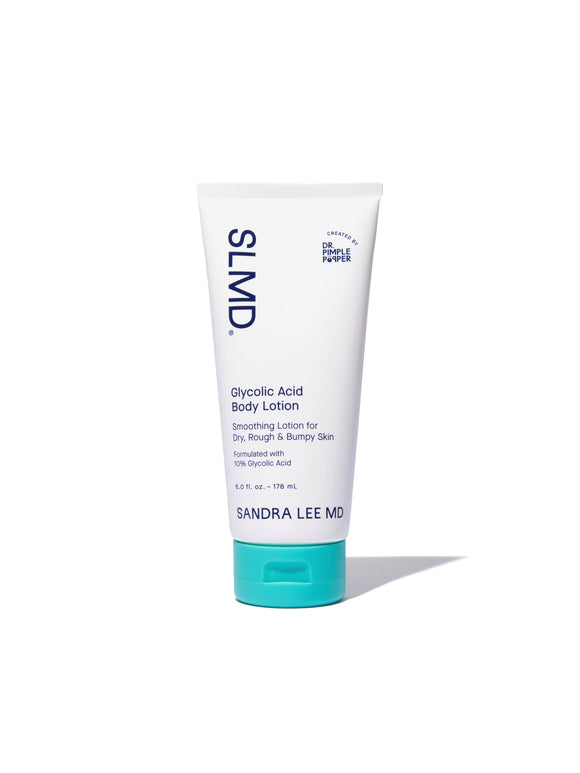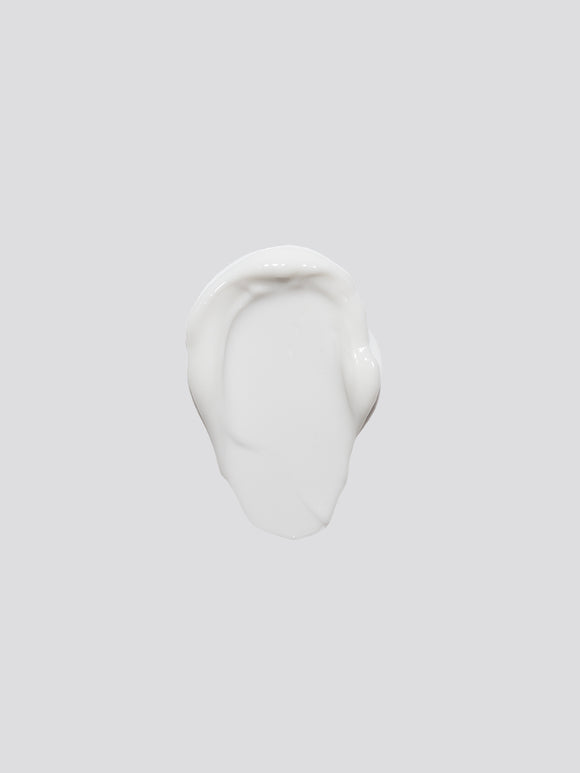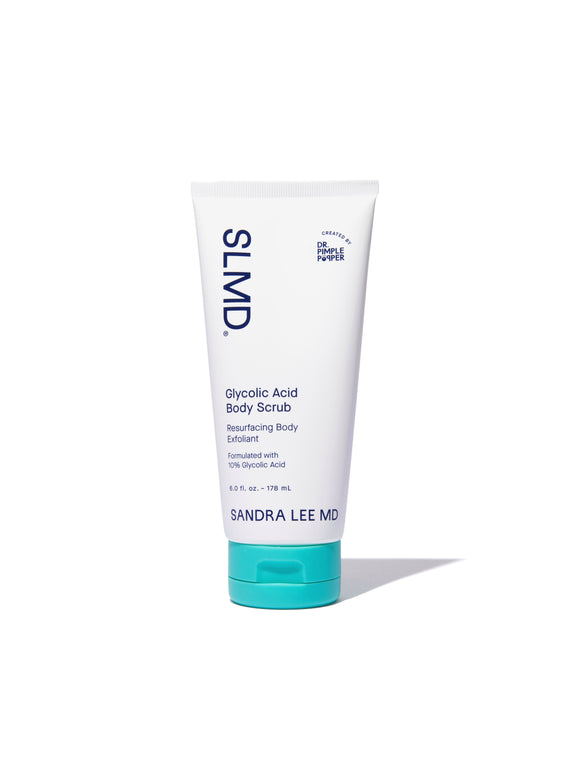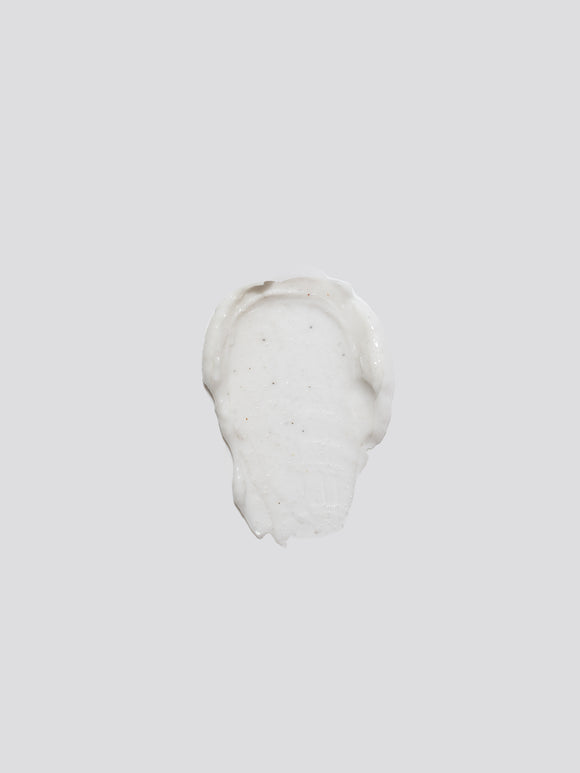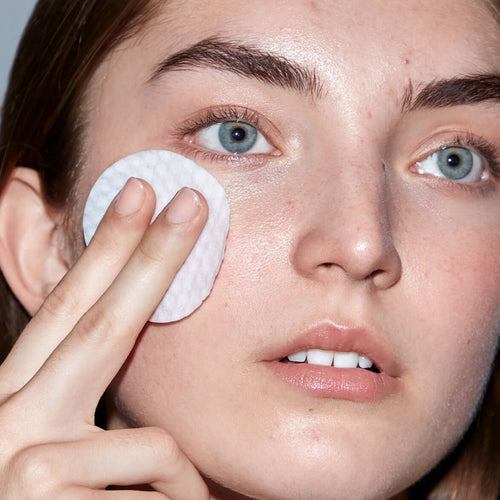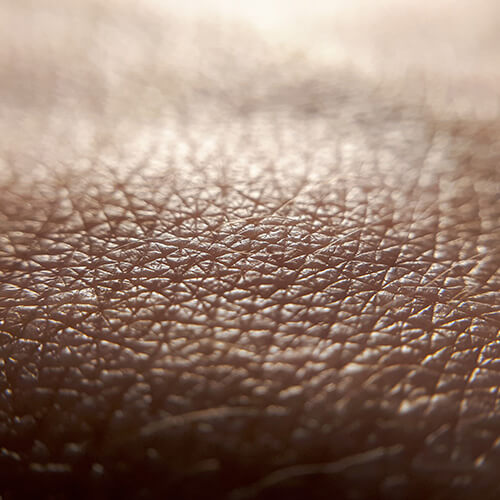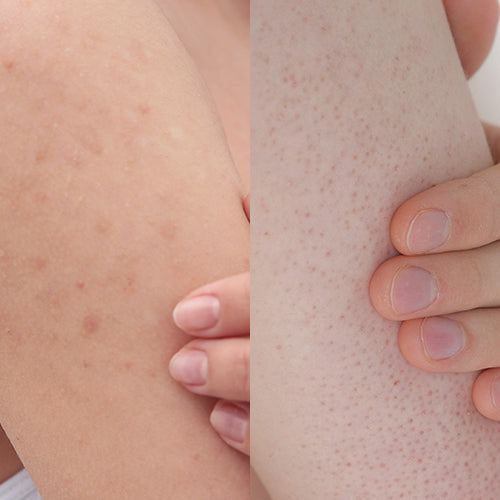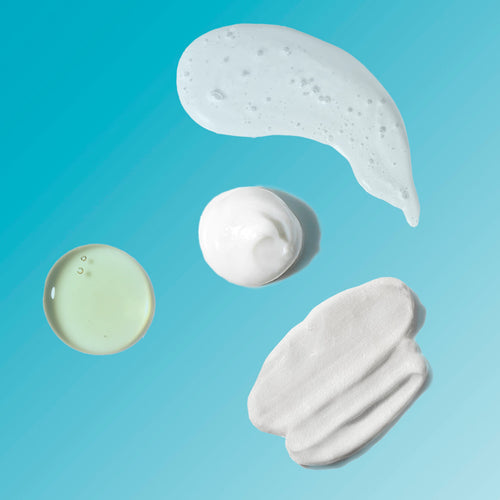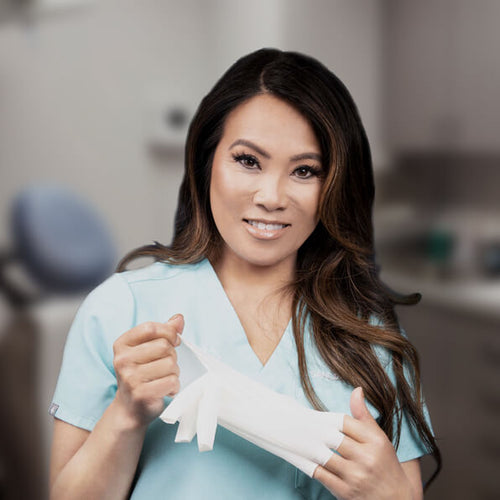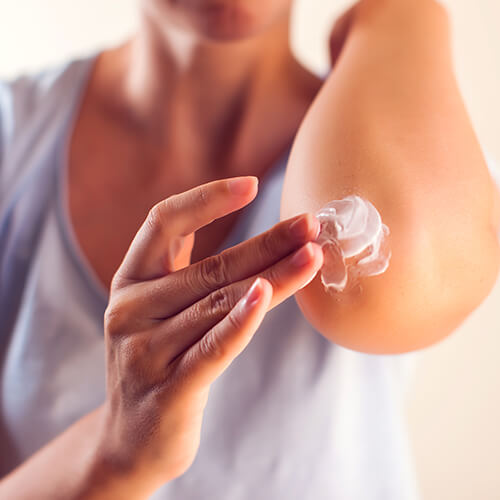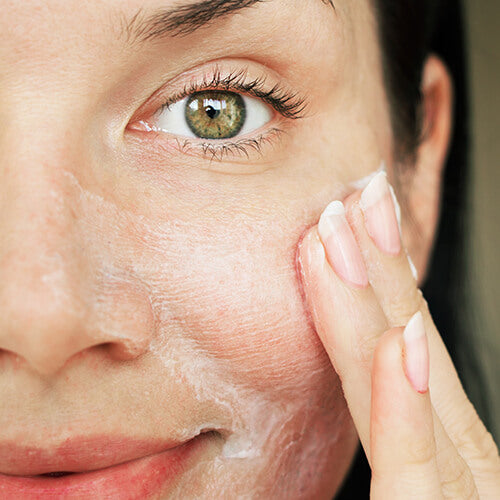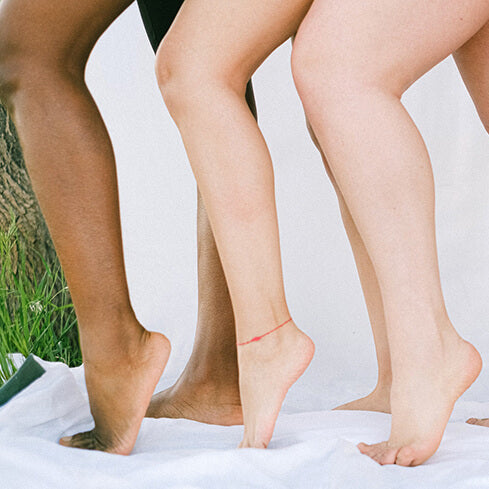
Best Treatments for Keratosis Pilaris – Chemical vs. Physical Exfoliants
Learn Dr. Pimple Popper's go-to exfoliation tips for tackling "strawberry skin."Published:
3 minute read
Keratosis pilaris—often referred to as strawberry skin or chicken skin — is a common skin condition that causes a rough, bumpy, sandpaper-like texture. Fortunately, with the right combination of exfoliants and moisturizers, it’s very manageable.
With the help of dermatologist and SLMD Skincare founder Sandra Lee, MD (aka Dr. Pimple Popper), we’ll break down the best ways to treat keratosis pilaris, focusing on why a combination of physical and chemical exfoliants is essential for minimizing those stubborn bumps.
Article Quick Links
What causes keratosis pilaris (KP)?
Keratosis pilaris occurs when keratin, the protein that protects skin and hair, becomes trapped within the pore that houses the hair follicle, forming a small, hard plug. This results in the characteristic rough bump, which can vary in color from the same shade as your skin to slightly red or brown. The texture often resembles chicken skin or the skin of a strawberry, which is why KP has earned its nicknames.
While the exact cause of keratosis pilaris isn’t fully understood, it’s believed to be influenced by both genetics and environmental factors. KP often peaks during puberty and may diminish with age. However, if KP persists, effective treatments, including exfoliation, can help minimize its appearance. (Learn more about managing the condition here and check out Dr. Pimple Popper’s perspective here).
What’s the best treatment for keratosis pilaris?
According to Dr. Lee, the most effective way to treat keratosis pilaris involves a two-pronged approach that includes both physical and chemical exfoliants, followed by a good moisturizer. This method not only addresses the rough texture but also helps prevent further buildup of keratin in the pores.
Try: SLMD Body Smoothing System — a combination of physical exfoliants and glycolic acid (a potent chemical exfoliant) plus soothing, hydrating moisture.
Dr. Pimple Popper's KP Exfoliating Picks
Why do you need both physical and chemical exfoliants to treat keratosis pilaris?
Let’s review the difference between these two types of exfoliation:
- Physical exfoliation: This involves the manual removal of dead skin cells through mechanical means, such as textured particles, washcloth fibers, vibrating brushes, or dermaplaning blades. Physical exfoliation is particularly effective at smoothing the skin’s surface by removing the outer layer of dead skin cells and some of the built-up keratin.
- Chemical exfoliation: This method uses acids—most commonly alpha hydroxy acids (AHAs) like glycolic acid or beta hydroxy acids (BHAs) like salicylic acid—to dissolve the bonds between dead skin cells, allowing them to shed more quickly. Chemical exfoliants penetrate deeper into the pores to break down the keratin plugs that cause KP.
When treating keratosis pilaris, combining both physical and chemical exfoliants can provide superior results. Physical exfoliation helps to sand off the rough outer layer, while chemical exfoliation goes deeper to dissolve the keratin within the pores.
Dr. Pimple Popper answers your keratosis pilaris exfoliation FAQs
Exfoliation is a crucial part of treating keratosis pilaris, but knowing how to do it correctly can make all the difference. Here are some of the most frequently asked questions about exfoliating KP, answered by Dr. Lee.
Q: How often should I exfoliate if I have keratosis pilaris?
A: Exfoliating 2-3 times per week is generally recommended for treating keratosis pilaris. This frequency helps remove dead skin cells and keratin buildup without over-exfoliating, which can irritate the skin. However, everyone’s skin is different, so it’s essential to monitor how your skin responds and adjust accordingly.
Q: Is chemical or physical exfoliation better for treating KP?
A: Both chemical and physical exfoliation can be effective for treating KP, but combining the two often yields the best results. Chemical exfoliants like glycolic acid penetrate deeper into the pores to dissolve keratin plugs, while physical exfoliants help to smooth the skin’s surface by removing the dead cells. Together, they offer a comprehensive approach to managing KP.
Q: Can I over-exfoliate my keratosis pilaris?
A: Yes, it’s possible to over-exfoliate, which can lead to skin irritation, redness, and even worsening of KP symptoms. Signs of over-exfoliation include increased sensitivity, dryness, and a stinging sensation. If you notice these signs, reduce the frequency of exfoliation and ensure you’re following up with a moisturizer to soothe and protect your skin.

Dr. Lee's Last Word
As a dermatologist, I know how challenging keratosis pilaris can be. The key to managing it effectively is consistent exfoliation—using both physical and chemical exfoliants to smooth rough skin and prevent further keratin buildup. Equally important is moisturizing regularly to keep your skin soft and hydrated. With a balanced routine, you can significantly reduce the appearance of those stubborn bumps and achieve smoother skin.



